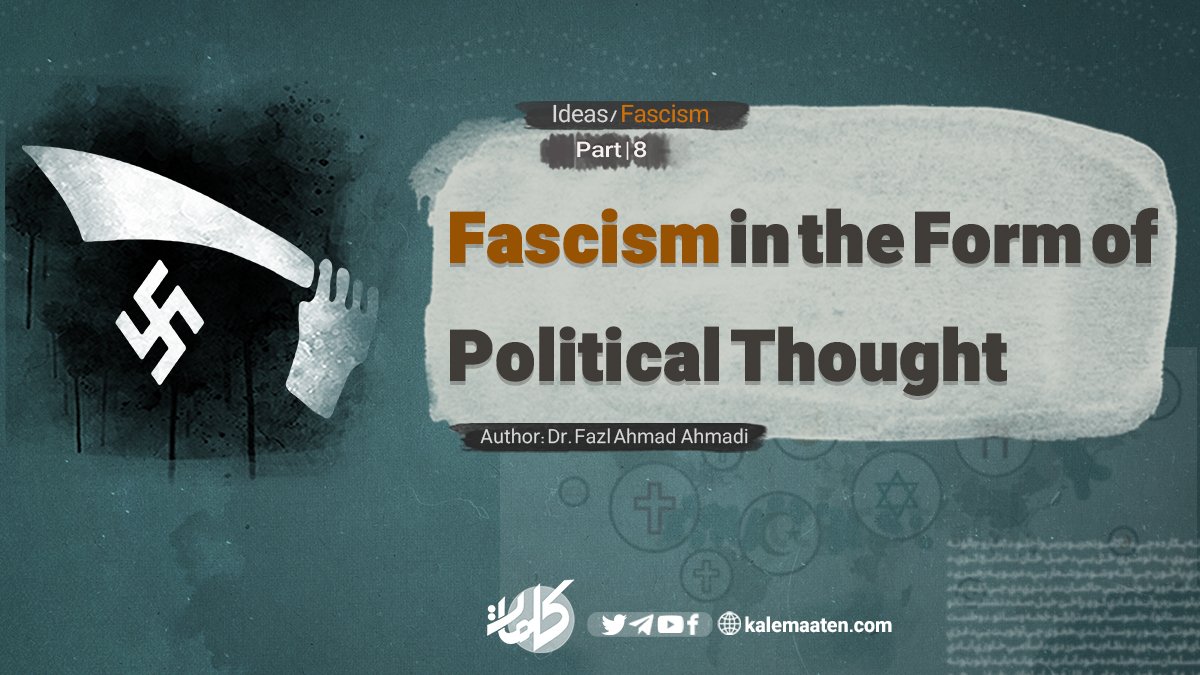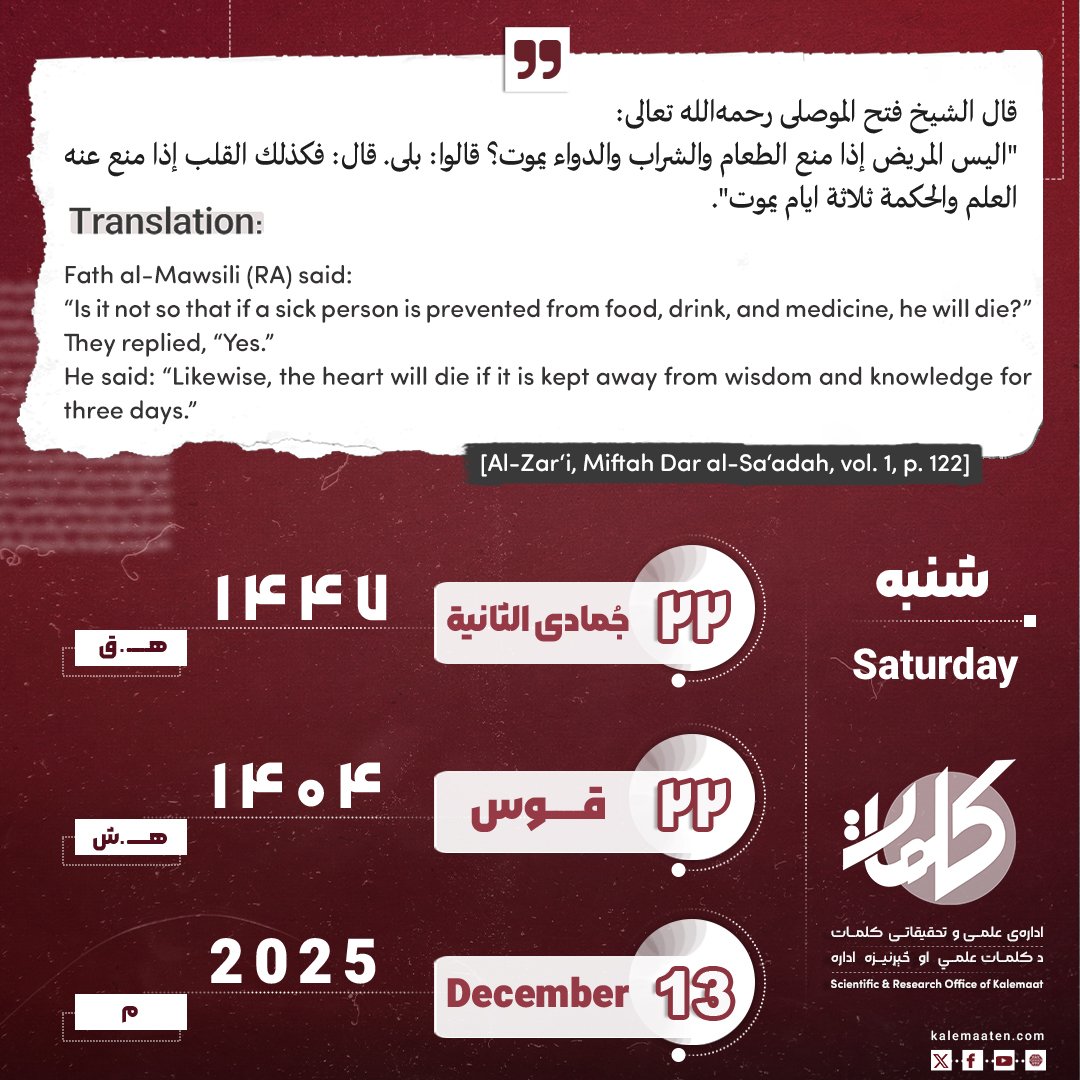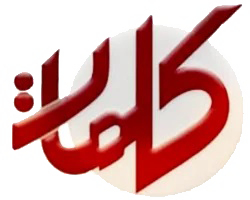
Author: Dr. Fazl Ahmad Ahmadi
Fascism in the Form of Political Thought (Part Eight)
Fascism and Transformations
Italy, the birthplace of fascist ideology, was one of the countries affected by economic turmoil and political instability after the war. Various groups—communists, anarchists, syndicalists, and others—were vying for power in Italy’s weak parliamentary government. Among these groups, the Italian Fascist Party, led by Benito Mussolini, turned to violent protest. The Fascist Party was founded in 1919 under Mussolini’s leadership, gaining support from the aristocracy and the Italian military. The active members of this party, who wore black shirts during large marches, established the Fascist regime in Rome on October 28, 1922, leading to the party’s rise to power. In the eyes of fascist ideology, this significant event marked the beginning of Italy’s most important and glorious era.
These changes enhance clarity and readability while maintaining the original meaning of your text.
The actions of the Italian Fascist Party were not aligned with any revolutionary criteria. It was a movement to seize power by a militant minority that was effectively organized, financially supported, had strong leadership, and was determined to impose its will on the people. However, this party had no constructive program for managing its power and society, nor did it have a coherent and stable set of philosophical and ideological principles. The only promise it made was to protect the country from the widespread threat of Bolshevism.
At the beginning of the Italian Fascist Party’s rise to political power, there was little opportunity for philosophical reflections. However, the fascist government had to solidify its position, and as it advanced in dismantling democratic Italy, the main dangers of the fascist regime became clear. From this point on, the leadership of the Italian Fascist Party, including Mussolini himself, sought to develop political theories to justify their rise to and retention of power.
It is evident that the period between 1919, the end of World War I, and the mid-World War II saw significant changes in Europe, during which the nascent liberal democracies faced challenges, and many of them were overthrown by forces that we now, with some leniency, refer to as right-wing forces. By looking at the second map, one can say that most of these transformations occurred before the start of World War II in 1939, although the victories of the German military significantly accelerated these changes during the war years. Since the first prominent example of a rightward shift occurred in Italy (although historically it was not the first), which named itself “fascism,” and because fascist Italy drew much attention in Europe and around the world, the term “fascism” has been somewhat loosely applied to various right-wing movements and governments of the era, and sometimes the years between the two world wars are referred to as the “Age of Fascism.”
However, overlooking the shared characteristics of fascist movements and governments leads nowhere. It is not easy to generalize or naively simplify by labelling all those who were seen as different manifestations of a single evil phenomenon as “fascists.” The concept of “fascism” as a singular phenomenon is rooted in the spirit of the time in question, and it holds a genuine and significant validity that carries meaning and reality into our present time, just as any other narrative or perception. Nonetheless, even a cursory glance at the events in Europe between the two wars convinces any history student that behind the superficial label of fascism lies a wide range of ideas, personalities, institutions, and governments that cannot be ignored for their diversity and differences. Some eagerly and proudly adopted the label of fascism, while others refrained from calling themselves fascists, opting instead for “National Socialism,” which in itself raises multiple questions about the relationship between the two components of this term. Some earnestly pursued the “fascist” creed, particularly the characteristics that distinguished it from other far-right ideologies, while others only adopted certain aspects of it, sometimes in a vaguely questionable manner, to apply a thin veneer of radicalism to their generally conservative approach.
Thus, fascism is not an idea or belief unique to a specific time and place. This political doctrine has evolved throughout history with transformations that have altered it, appearing with different colors and forms, and it continues to be followed by some, increasingly fueling the superficialities of political life.
Continues…



